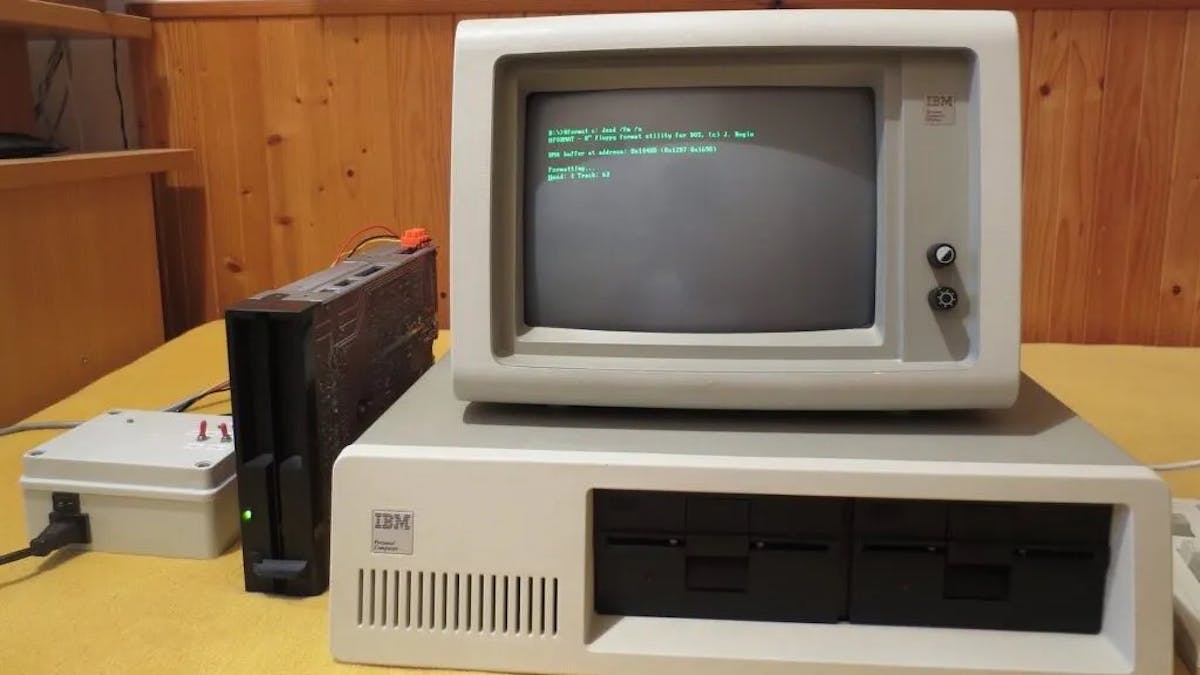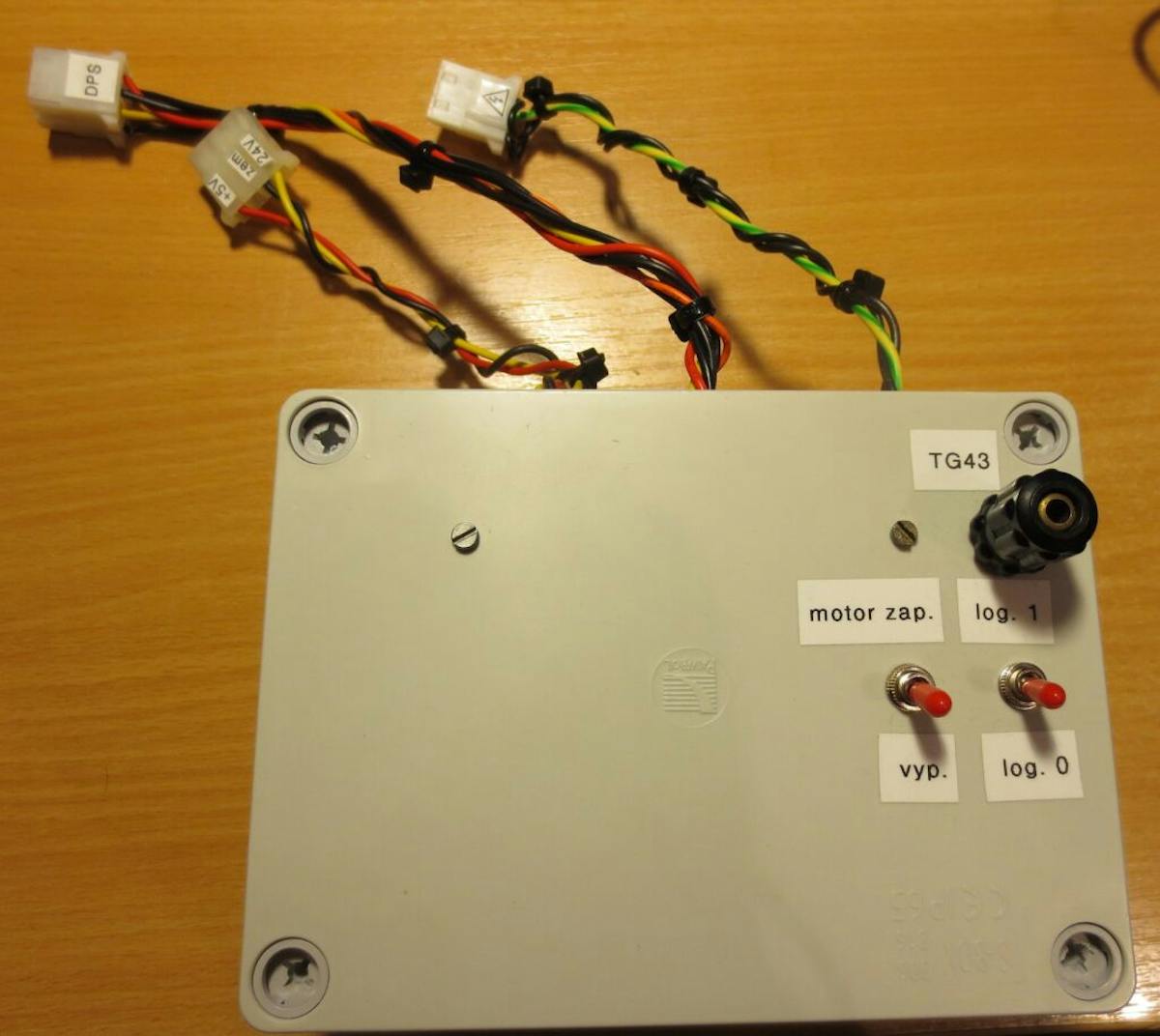This Enthusiast Got Vintage 8 Inch Floppy Drives Working with an Old IBM PC
Jozef Bogin may only be 27 years old, but he managed to get vintage 8 inch floppy drives working with an old IBM PC.

Go find someone belonging to Gen Z and ask them to describe a floppy disk. If they need a hint, point out the “save” icon on their computer. If they know what a floppy disk is at all, they will probably only be familiar with the 3-1/2 inch floppy that was the standard at the time CDs came along. Ask an older Millennial or Gen Xer and they might recognize a 5-1/4 inch floppy disk. But an 8 inch floppy? Only the most wizened old geeks among us will remember those. Jozef Bogin may only be 27 years old, but he managed to get vintage 8 inch floppy drives working with an old IBM PC.

IBM first made 8 inch floppy drives and disks available commercially back in 1971, but you can be forgiven if you never used them, because they were largely replaced by 5-1/4 inch floppies by the time home computers started gaining traction. At the end of their life, 8 inch floppy disks evolved to a high-density capacity of up to 1.2 MB. Much later, the 3-1/2 inch floppy disk would have a standard capacity of 1.44 MB. While the storage capacity didn’t increase much, the size was dramatically reduced. 8 inch floppy disks are almost completely useless today, even in the retrocomputing world. But they are still an interesting part of computer history and Bogin wanted to play with them.
Bogin had three 8 inch floppy drives to experiment with: a Shugart SA800-2, a CDC 9046 (Magnetic Peripherals BR8A8-A), and a Czechoslovak Consul 7115. Adapters for this drives are virtually non-existent today, so Bogin had to make his own. This essentially boiled down to making FDC (Floppy Disk Controller) cables with swapped-around pinouts. The goal was to control the 8 inch drives as if they were 5-1/4 inch drives. The drives have built-in chips for control and those send data back and forth between the connected computer, which simply tells the drive to write, read, and so on. Bogin did, however, need to build a custom power supply. He had mixed success with the drives, with the Consul 7115 read and write heads eventually failing altogether. But he was able to get the CDC 9046 drive working with a vintage IBM XT computer, with the capability to read and write data to the 8 inch floppy’s sectors.
Writer for Hackster News. Proud husband and dog dad. Maker and serial hobbyist. Check out my YouTube channel: Serial Hobbyism


